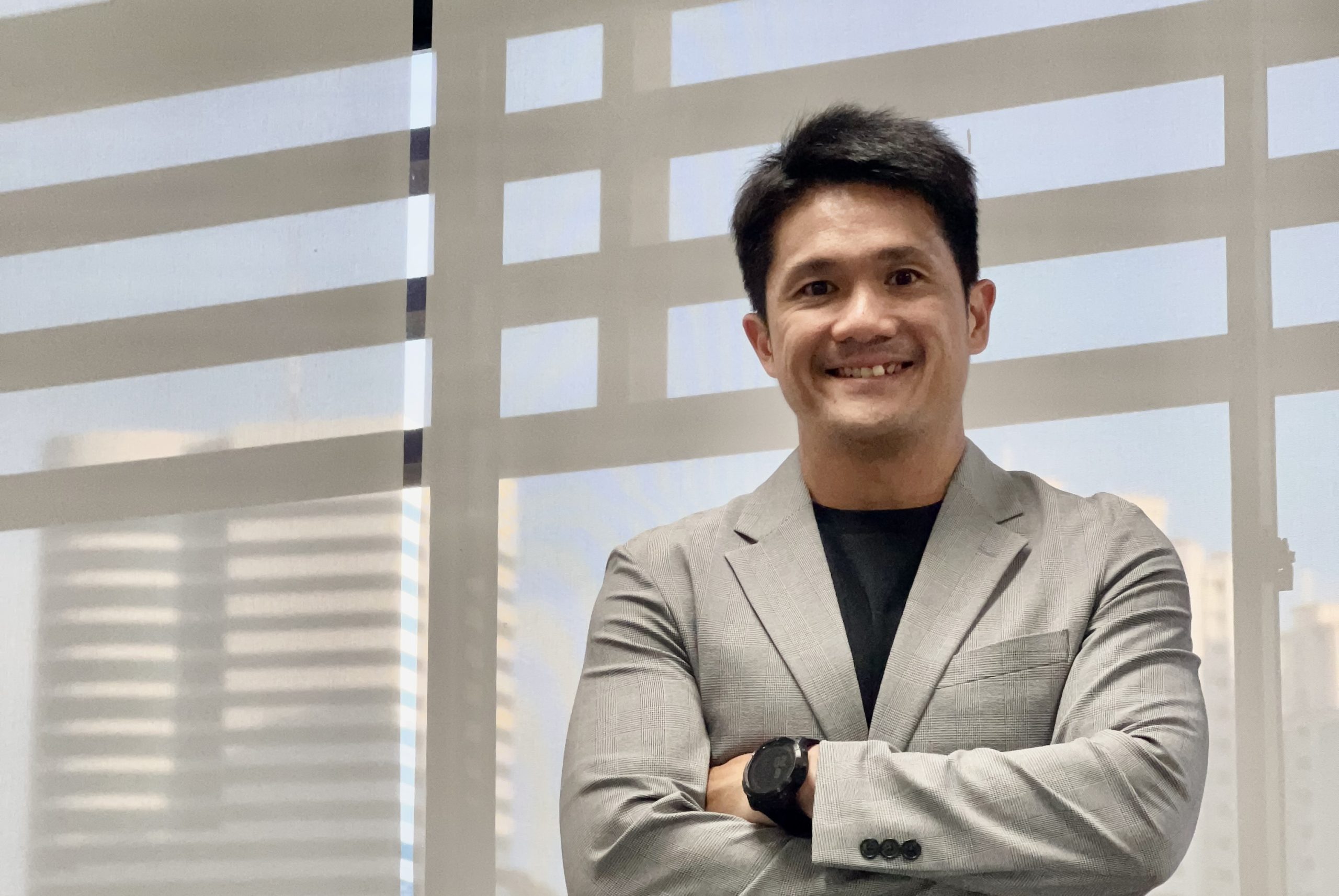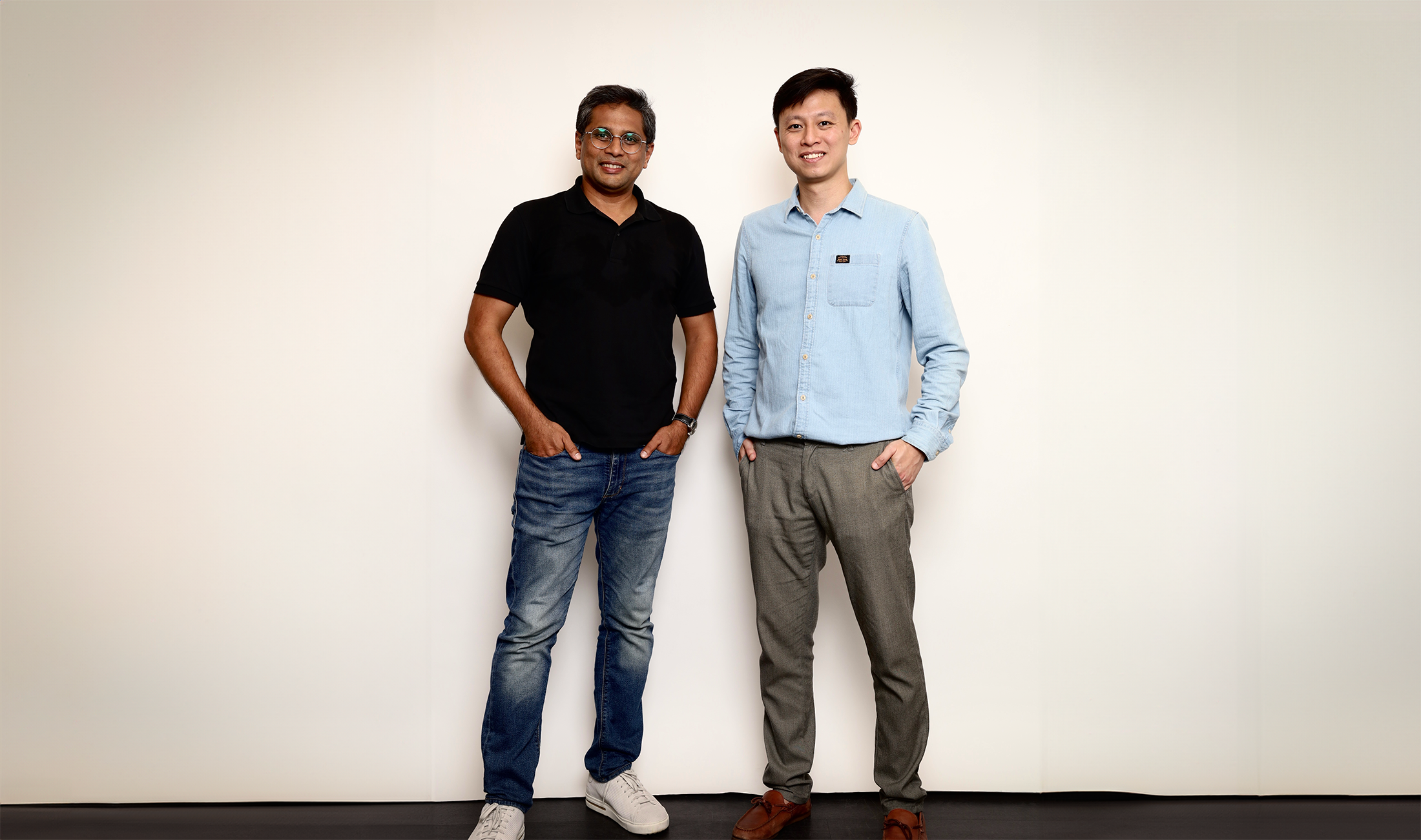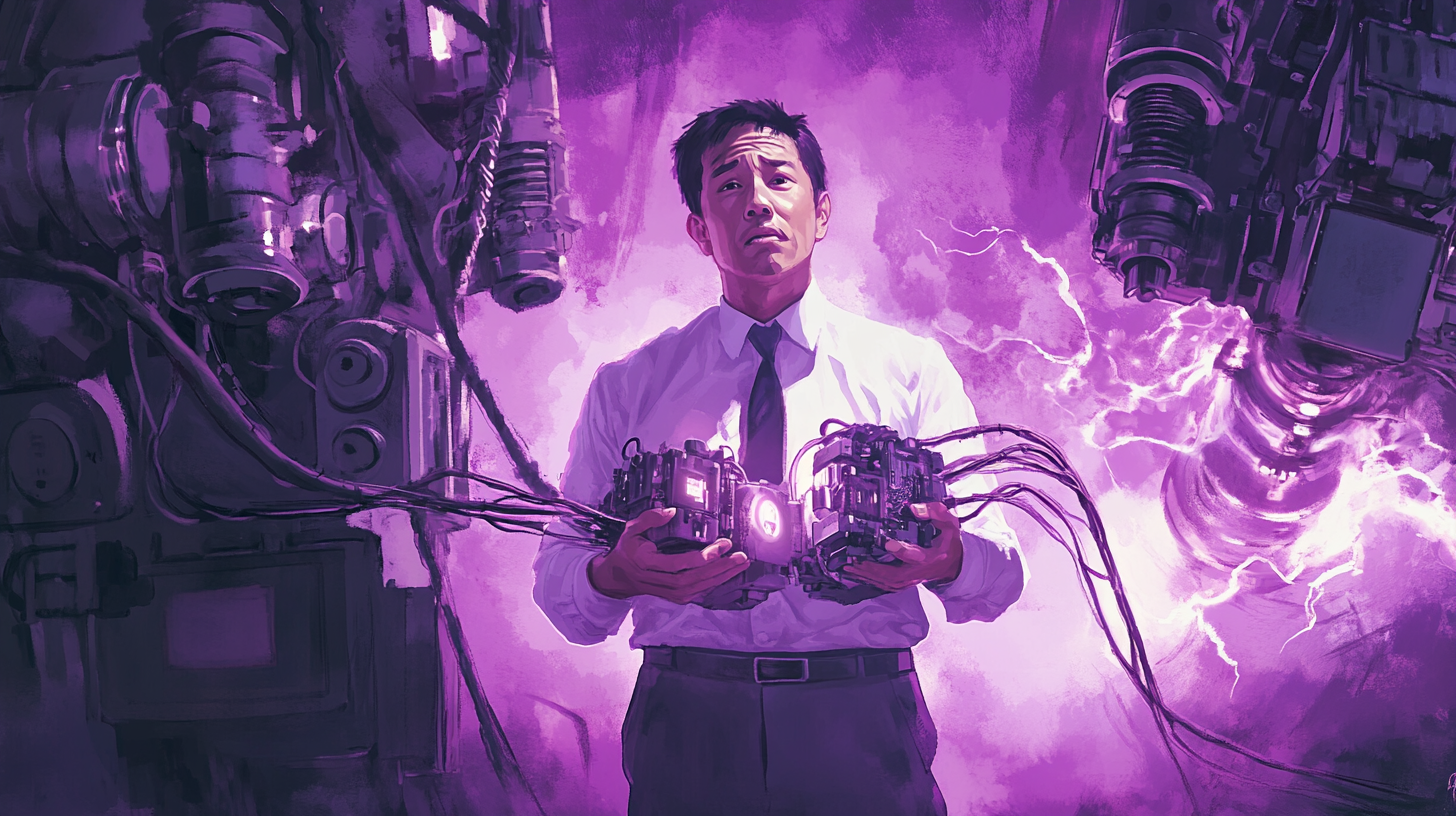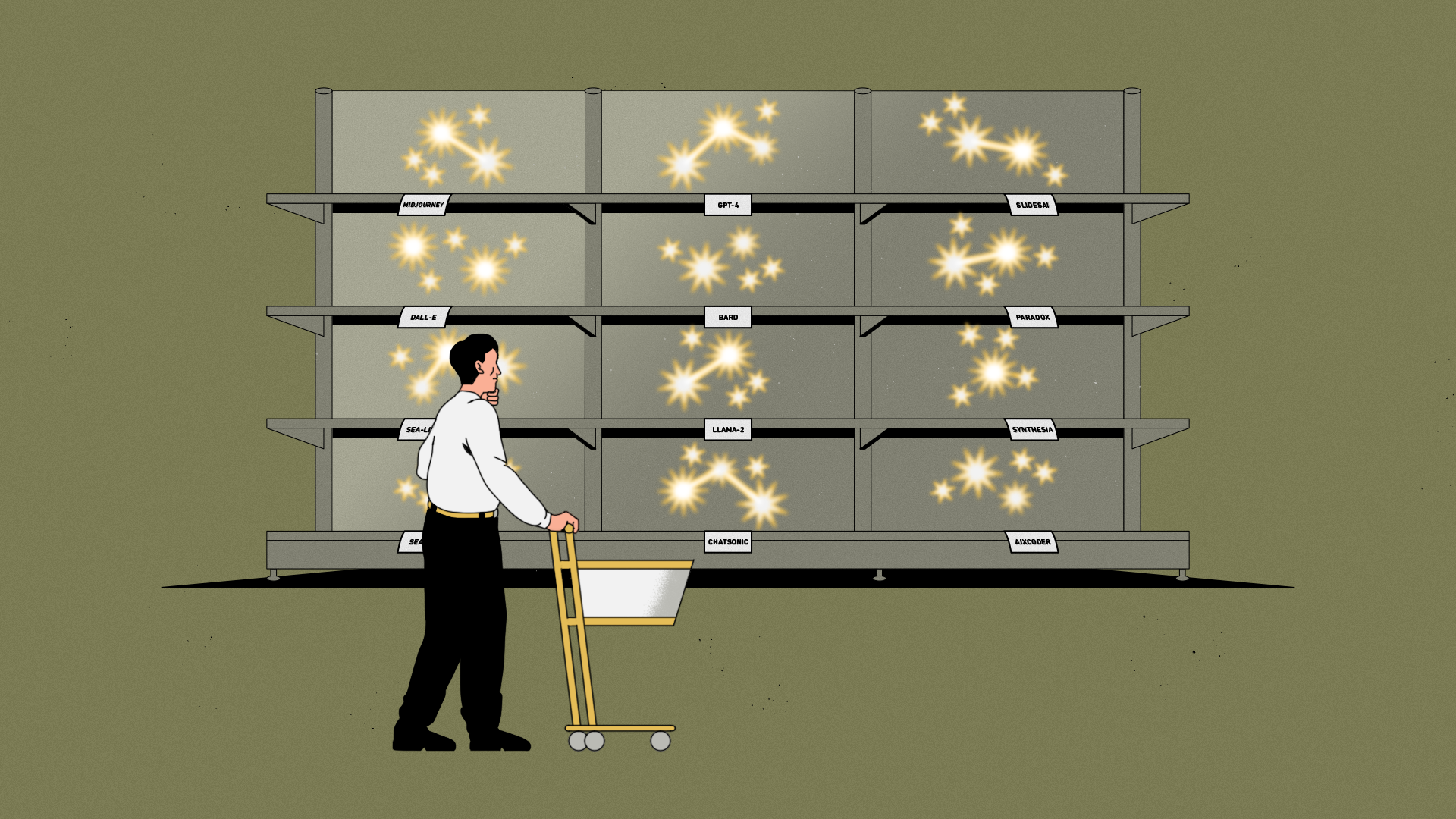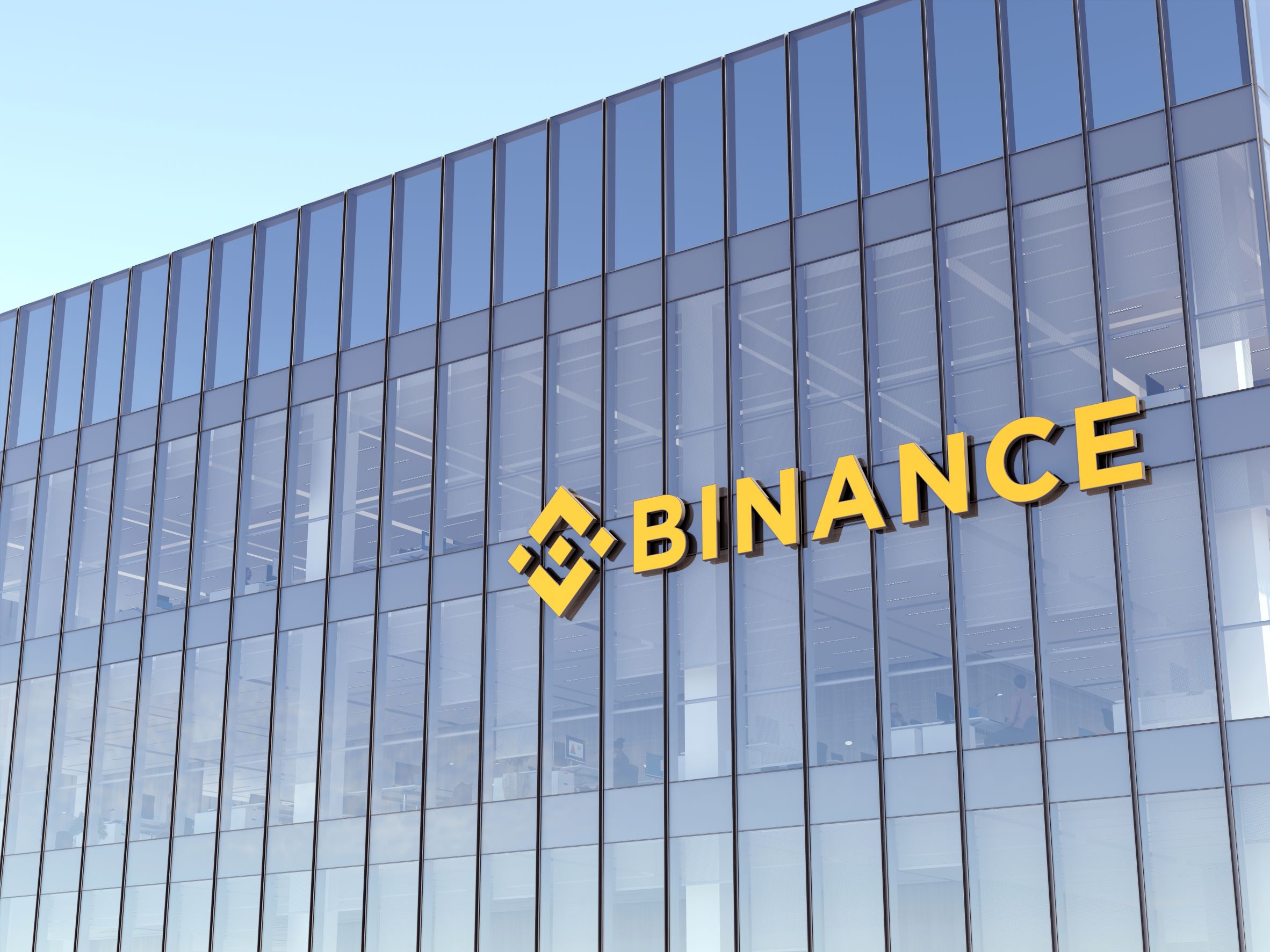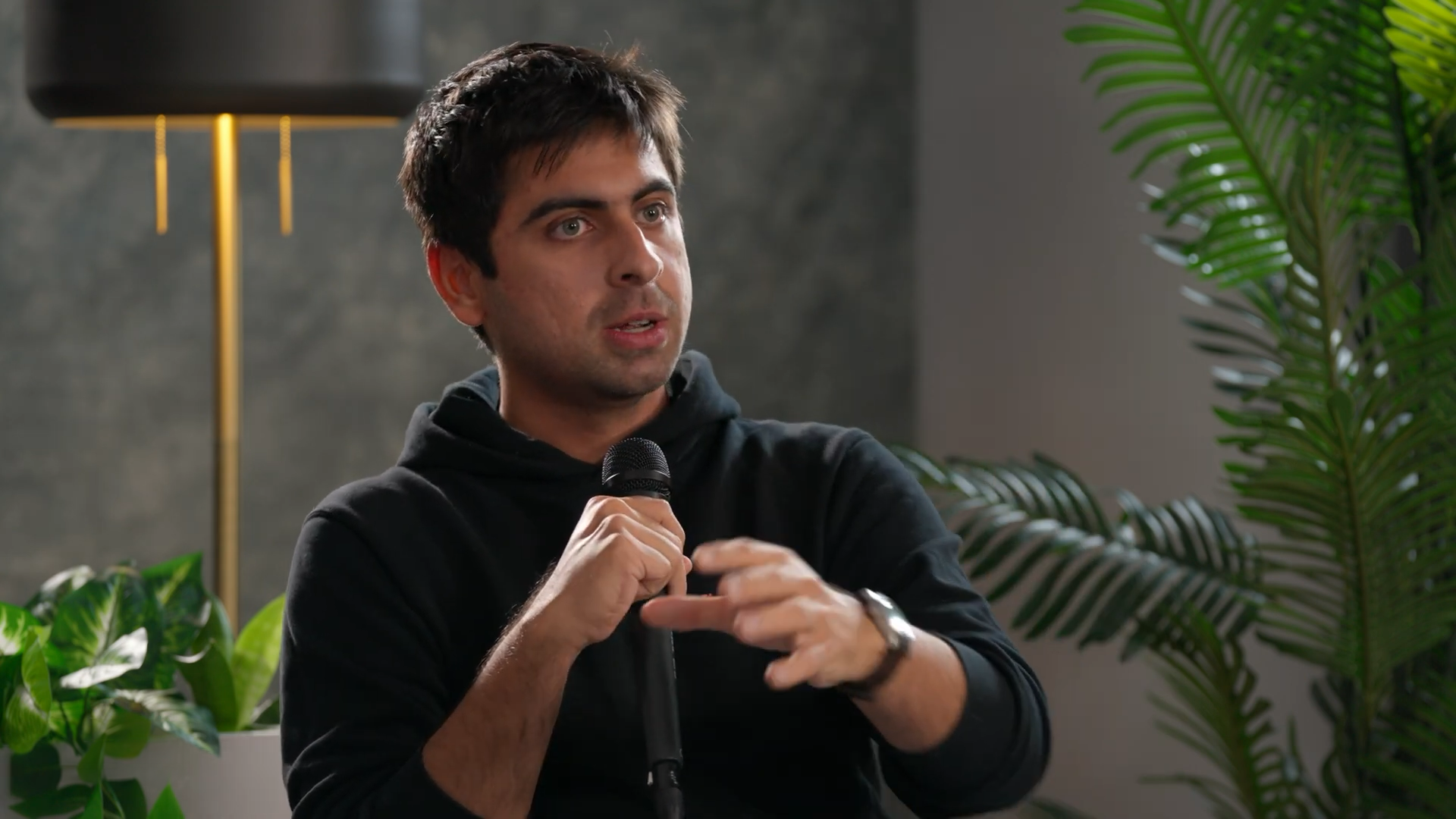- Insights This article was written by a TIA community member. Insights pieces undergo the same rigorous editorial process that newsroom-produced articles have.
The biggest AI trends in China, according to Kai-Fu Lee
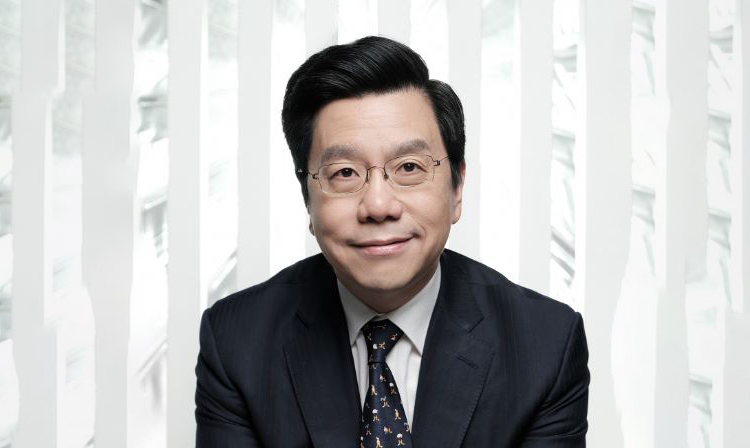
Photo Credit: SheilaShang/Wikimedia Commons
I wrote about my first few lessons previously on Kai-Fu Lee’s new book AI Superpowers and his presentation of it at an Amcham event in Beijing. Here, I’m going to go through another five.
AI is a competition between batteries and grids
During his presentation, Lee mentioned some interesting things on how AI companies are competing. According to him, the big AI giants (Google, Amazon, Facebook, Alibaba, Tencent, and Baidu) are mostly focusing on creating “AI grids.”
These will be similar to electricity grids in that everyone will get access to general and likely commoditized AI capabilities. Machine learning will be a standardized service that any company can purchase, for example. “These platforms—Google Alibaba, and Amazon—act as the utility companies, managing the grid and collecting the fees,” he said.
However, startups are focused on creating “AI batteries.” According to him, “Instead of waiting for this grid to take shape, startups are building highly specific ‘battery-powered’ AI products for each use case.” These companies are focused on depth and specialization—think medical diagnosis, mortgage lending, and autonomous drones.
This raises an important question: Will AI become a winner-take-all competition?
Optimizations and data network effects are going to get more complicated
In software and platform businesses, people like to talk about data network effects. The idea of this is simple: better products get you more users, more users mean more data, and more data means better products. It’s a virtuous cycle.
Thus far, data network effects have mostly been about recommendations and curation. The more videos you watch, the more data Netflix and Youku have on you, and the better they can give you recommendations for videos. Amazon and Alibaba do the same with recommended products in ecommerce. There is real power in this.
However, AI-centric companies like Toutiao are taking such data network effects beyond just recommendations and curation. Toutiao is a news aggregator where AI can also create and police content. The AI is the curator but it can also be the reporter and editor, which means we may soon have AI that writes articles based on what it thinks you want to read. This results in more complicated data network effects.
Another fascinating aspect of this is that AI systems can increasingly make correlations between “weak features.” While humans can see correlations between “strong features” like “people buy more umbrellas when it rains,” AI can see other correlations like “when it rains, people buy more beer.” (I made that one up, but I think it’s true.)
AI increasingly sees performance enhancements and optimizations based on factors that humans cannot see or understand.
Online-merge-offline (OMO) is next
The online-to-offline (O2O) market is pretty great in China. If you live in a Chinese city, you can order food, rent a bike, schedule a masseuse, and pay for anything—all on your phone.
But Lee says this is just the beginning, and online-merge-offline (OMO) is next. This is when the online and physical worlds really combine.
Lee gives an example:
Imagine you’re in a supermarket where you talk with your shopping cart. It would know your shopping list and what you are going to cook. It can tell you about the sales on relevant items and would suggest other things you might want. It would know about your family, their diets, and their preferences, and it would also know what foods you currently have in your home. As you walk through the store, it can see what you are looking at and can understand when you answer its questions.
According to Lee, “perception AI” is the big driver of OMO. Computers are increasingly able to see and hear the world on their own, and they are no longer entirely dependent on humans to give them information. Perception AI means that software can see things like traffic, the weather, and people walking around. It can also understand the questions that people ask. Combine this with internet AI and you’ll get OMO in the next several years.
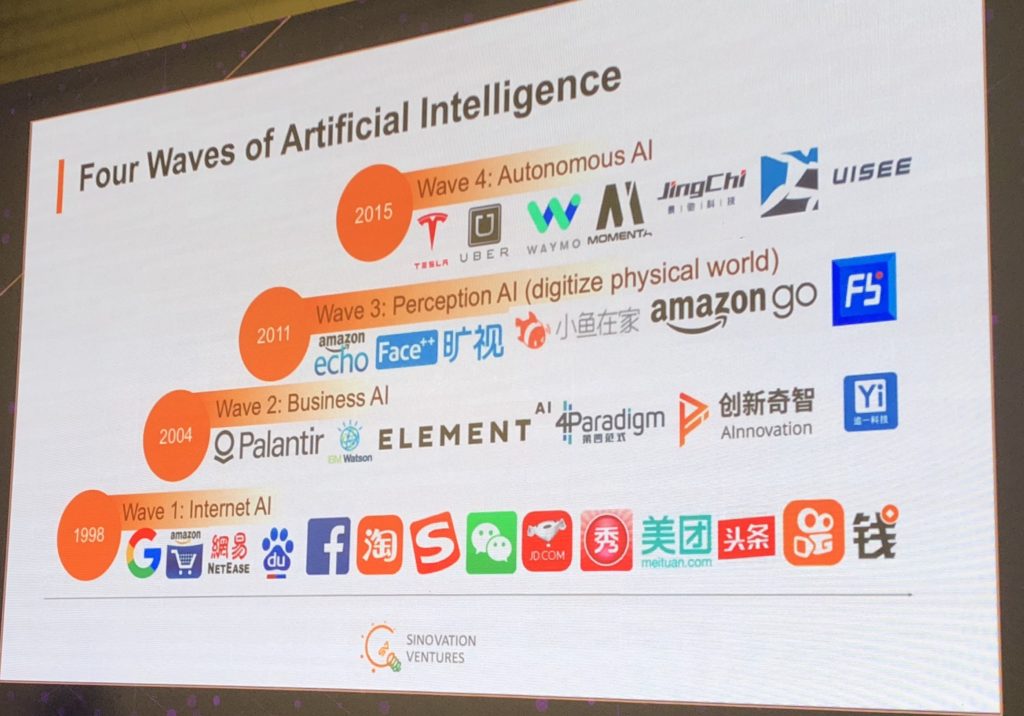
Government support can accelerate AI in China
China’s government can deploy a lot of tools to advance specific industries. This includes credit from state-owned banks, tax breaks, SOE contracts and actions, public-private partnerships, land development plans, and so on.
We’ve seen this very effectively in infrastructure, solar, outbound investment, and even in the sports industry.
Lee says such government support is important for AI at two points. The first was the president’s support for mass innovation and entrepreneurship, which led to a lot of innovation zones and incubators around the country. This also led to a flow of money into government-backed venture capital funds.
The second point is the government’s recent support for AI. Chinese state capitalism is 100 percent behind winning in AI. You will see this play out in a lot of ways such as in education, loans, tax credits, government contracts, etc. It is China’s “moon shot” program.
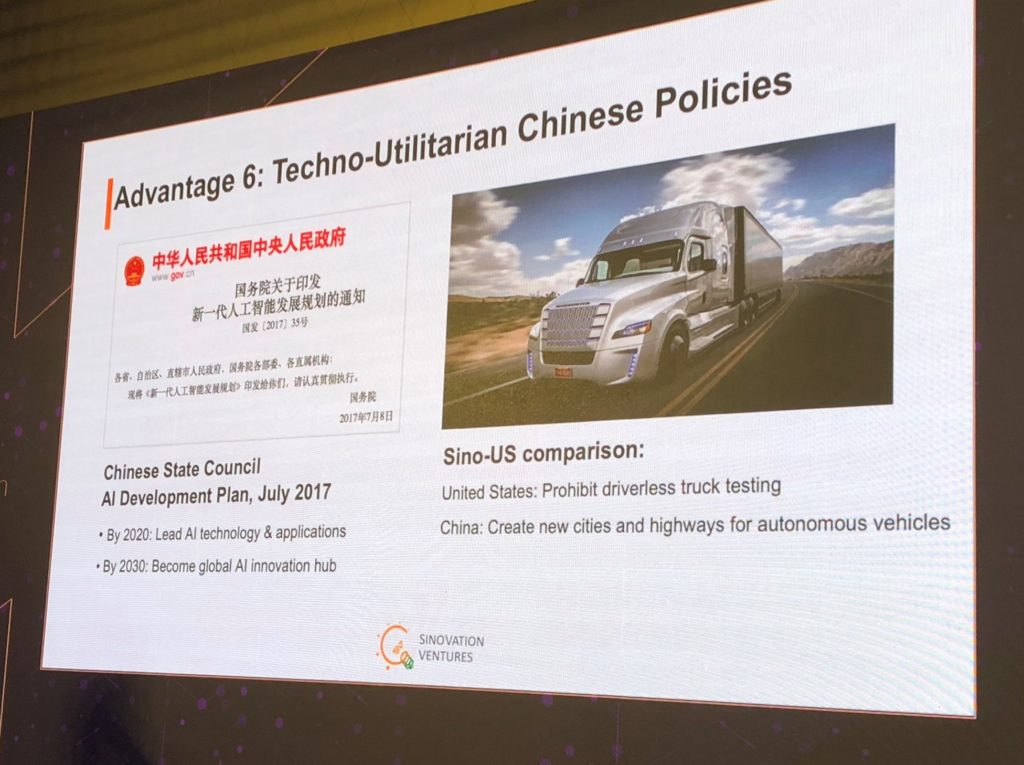
Some useful slides
I thought these were the most useful slides from Lee’s presentation.
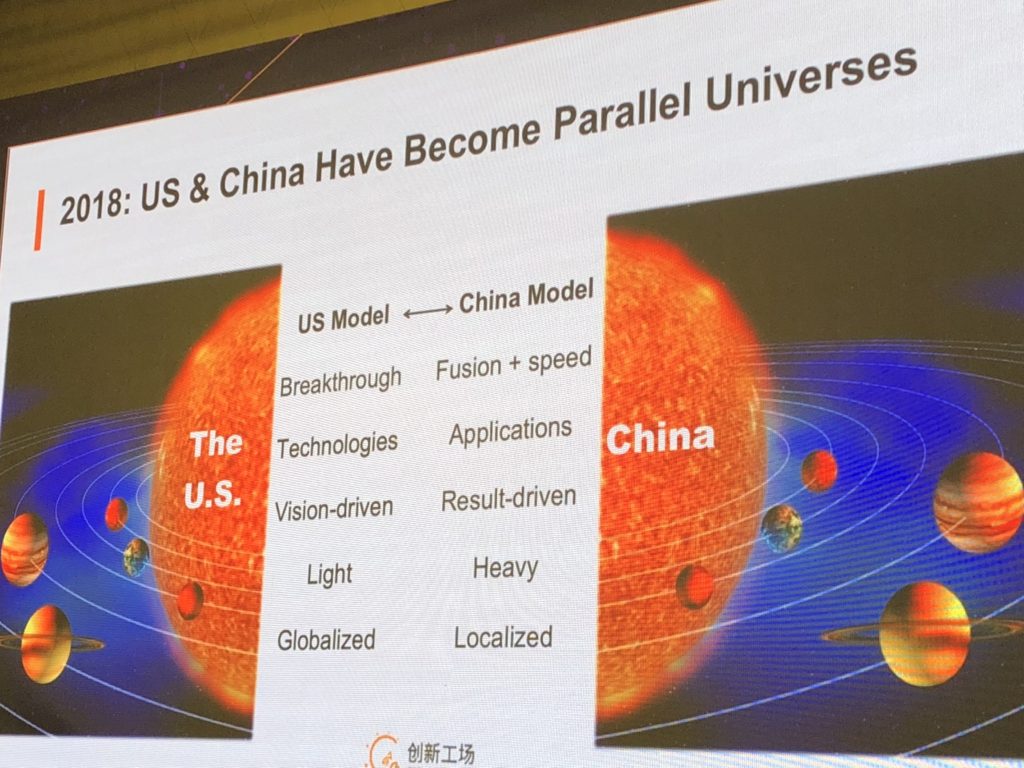
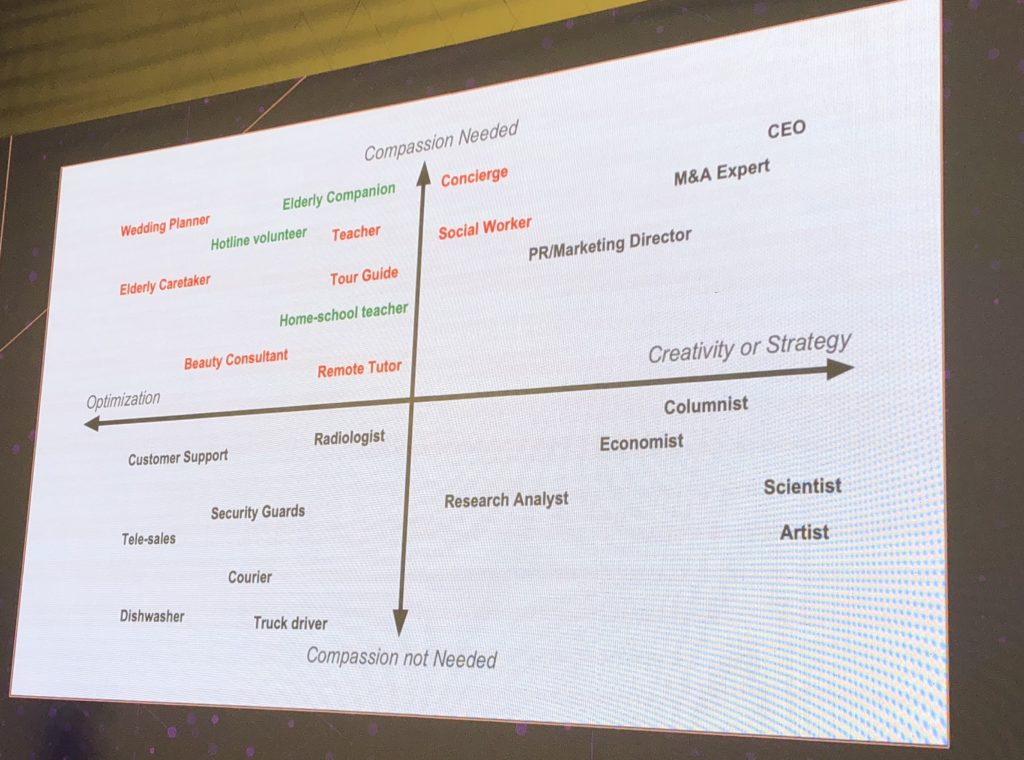
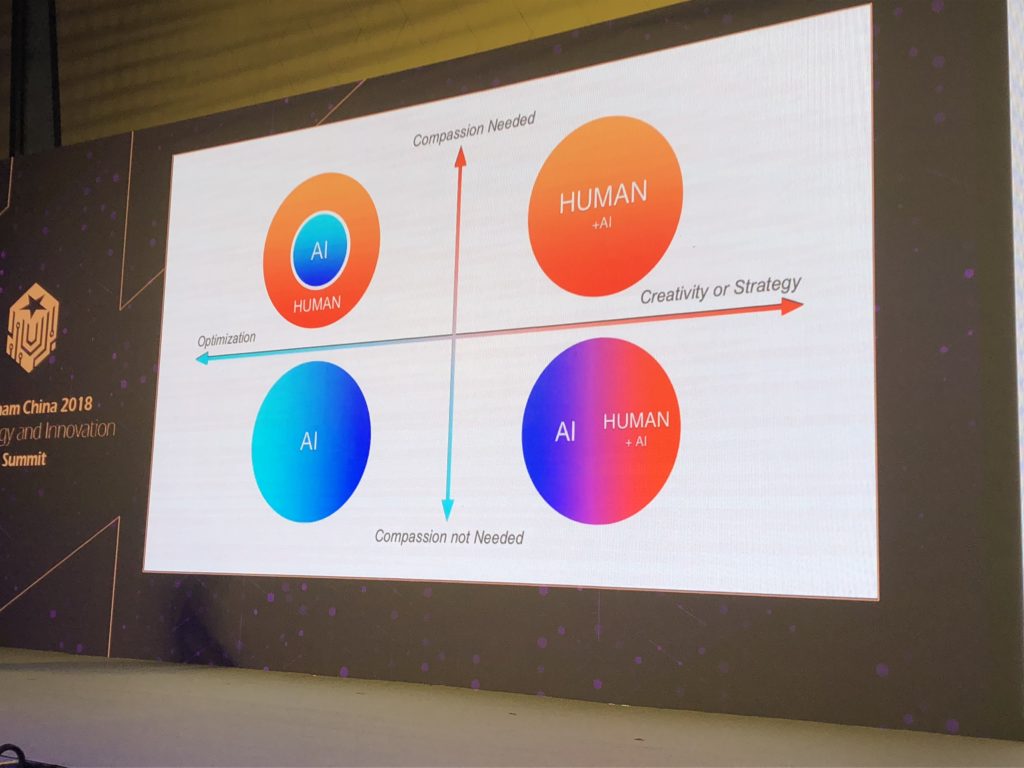
That’s my take. I hope this was helpful.
This article was first published on the author’s blog.
The views expressed in this article are those of the writer and do not necessarily reflect the views of Tech in Asia.
Recommended reads
 Right back at you: AI vs. AI in cybersecurity
Right back at you: AI vs. AI in cybersecurity How the maker of movie franchise Ah Boys to Men is hopping onto Web3
How the maker of movie franchise Ah Boys to Men is hopping onto Web3 Is the hype for generative AI justified?
Is the hype for generative AI justified? MAS proposes protocol to set standard for digital money usage
MAS proposes protocol to set standard for digital money usage AI firm touts fix for AI-data privacy issue: small-scale LLMs
AI firm touts fix for AI-data privacy issue: small-scale LLMs This Singapore company is turning the tide of plastic pollution at scale
This Singapore company is turning the tide of plastic pollution at scale AI interest is there, but the tech isn’t easy to adopt, firms say
AI interest is there, but the tech isn’t easy to adopt, firms say The good, the bad, and the hallucinations: What SEA startups think of AI
The good, the bad, and the hallucinations: What SEA startups think of AI Binance to launch soulbound token for identity verification
Binance to launch soulbound token for identity verification SG firm aspires to be Stripe of AI services
SG firm aspires to be Stripe of AI services
Editing by Jaclyn Teng
(And yes, we’re serious about ethics and transparency. More information here.)

